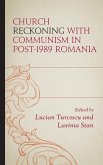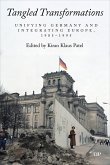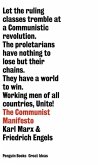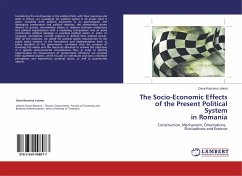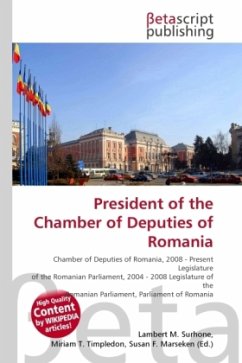High Quality Content by WIKIPEDIA articles! 1989 marked the fall of Communism in Eastern Europe. A mid-December protest in Timi oara against the eviction of a Hungarian minister (László T kés) grew into a country-wide protest against the Ceau escu régime, sweeping the dictator from power. On December 22, President Nicolae Ceau escu had his apparatus gather a mass-meeting in Bucharest downtown in an attempt to rally popular support for his regime and publicly condemn the mass protests of Timi oara. This meeting mirrored the mass-meeting gathered in 1968 when Ceau escu had spoken out against the invasion of Czechoslovakia by the Warsaw Treaty countries. This time however, the people turned angry and riot broke out. During the events of the following week, marked by confusion and street fighting, it is estimated that 1,051 people lost their lives. To this day, the real number of casualties are unknown and so are the identities of the individuals responsible for them. Those responsible for the casualties are still called "the terrorists".
Bitte wählen Sie Ihr Anliegen aus.
Rechnungen
Retourenschein anfordern
Bestellstatus
Storno


